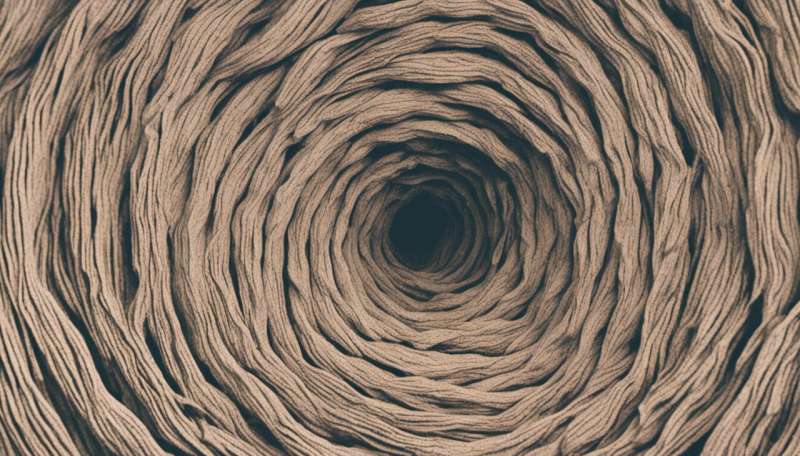Test determines individuals likeliest to shed DNA at crime scenes

Modern DNA forensic science is capable of analysing microscopic genetic traces inadvertently left at crime scenes.
In fact, a single tap of a finger on items like door handles, glass or even shaking hands can help identify and link potential suspects to a crime.
But accurate identification depends on the quality of DNA sourced at the scene.
There is always a risk crucial evidence could be overlooked, smudged fingerprints are the only evidence left behind, or even more worryingly, secondary transfer could take place.
This could result in an innocent person's DNA being transferred by an object or even a handshake to a place they have never visited.
Now Flinders University Professor Adrian Linacre and a team at the University's College of Science and Engineering have developed a new test, which can reveal the amount of DNA people shed.
This will help determine whether they were actually the last person to make contact with an item.
"We know that some people pass on more of their DNA because when they touch something more of their cells are left behind," says Professor Linacre, Chair of Forensic DNA Technology at Flinders University.
"They are called shedders but it's very difficult at the moment to see who is a shedder," he says.
"What we have developed is a simple test which can work out if an individual is a shedder in a matter of minutes, which tells us who has the better chance of passing on DNA."
The shedder status of a specific person of interest may be relevant in determining the likelihood of whether a major contributor in a mixed DNA profile was the last person to make contact with an item and is therefore linked to a crime.
Co-author on a new paper outlining the discovery, forensic science Professor Paul Kirkbride, says the test can help forensic examiners at crime scenes identify materials which confirm the presence of DNA that is likely to provide an individual's genetic profile.
"Currently the forensic examiners are working blind because they can't see the exact location which contains deposits of DNA and therefore have to sample where they think DNA might be stored," Professor Kirkbride says.
The shedders test also showed men shed more than woman, and that thumbs leave the most accurate traces."
The article, "Shedding light on shedders' (September 2018) by P Kanokwongnuwut, B Martin, KP Kirkbride and A Linacre has been published online in Forensic Science International: Genetics.
More information: Piyamas Kanokwongnuwut et al. Shedding light on shedders, Forensic Science International: Genetics (2018). DOI: 10.1016/j.fsigen.2018.06.004
Provided by Flinders University


















